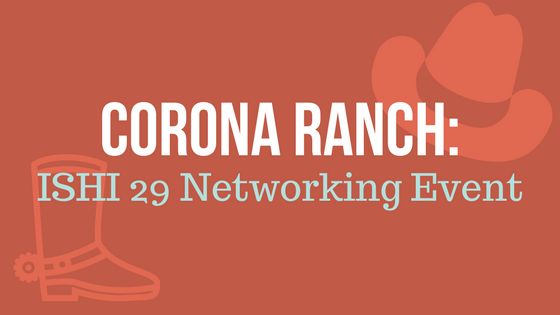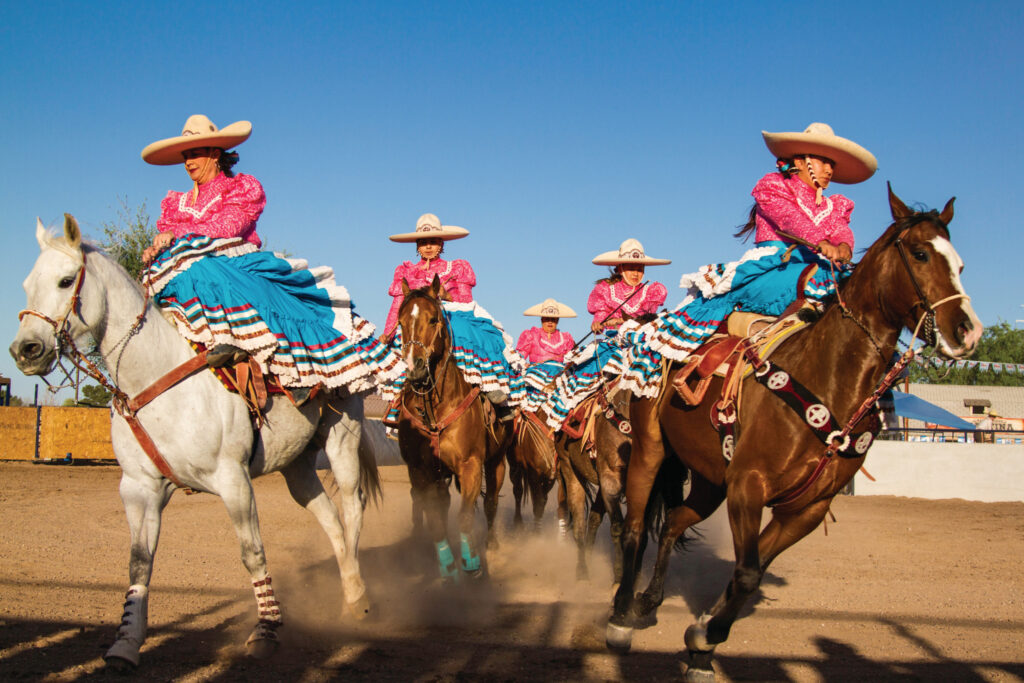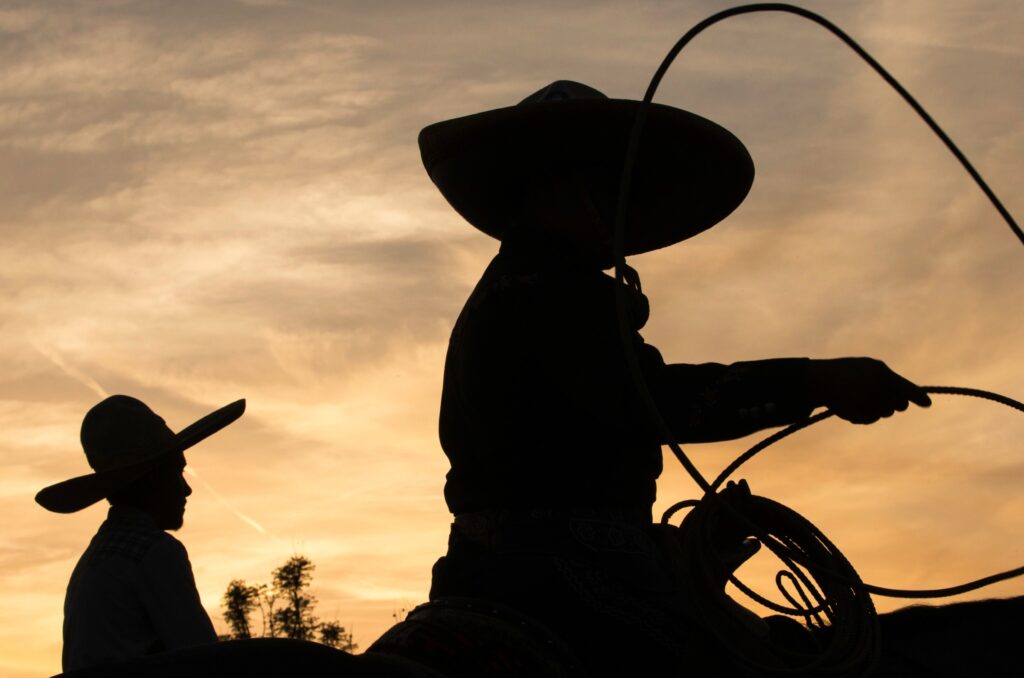When the Phoenix sun sets on Wednesday night, grab your lassos and spurs and join your fellow ISHI attendees for a night of good food, cocktails, dancing, and mingling at Corona Ranch.
Corona Ranch was founded in by Bill and Maria Smith in 1991. The Smiths began working in the food and beverage industry at the Arizona Biltmore and later transferred to the Plaza Hotel in New York City. In 1990, inspired by Mexican Rodeos (Charreadas) that they attended at Maria’s family’s rustic rodeo grounds, the Smiths returned to Arizona and founded the ranch using Maria’s maiden name (Corona). Keep reading to learn more about the traditional Charreadas that inspired the ranch!
While similar to rodeo, a Charreada is a competitive event developed from animal husbandry practices used on the haciendas of Old Mexico. A Charreada consists of nine different events for men and an additional event for women in which two or more teams (asociaciones) compete against each other.
The first event (and most difficult) is the Cala de Caballo (Reining), where team members are asked to display the horse’s talents in the canter, gallop, side stop, spins on hind legs, and backing.
Second is Piales en Lienzo (Heeling). During this event, a horseman is given three opportunities to throw a lariat or lasso, let the horse run through the loop, and then catch the horse by their hind legs. Points are awarded based on the distance it took to stop the horse.
Next is the Colas en el Lienzo, or Coleadero (Steer Tailing) where a man rides next to the left side of the bull on horseback, then wraps the bull’s tail around its right leg, and attempts to bring the bull down in a roll as he rides past. Technique, timing, and the roll of the bull are taken into consideration when awarding points.
The fourth event is called Jineteo de Toro (Bull Riding). While this is similar to what you may have seen in a rodeo, the bulls are smaller (usually between 990 – 1230 pounds) and two hands can be used on the bullrope. Points are awarded for technique, and the bull rider is expected to dismount, land upright, and remove the bullrope and bellrope after riding for the next event, Terna en el Ruedo (Team Roping).
Team Roping involves three men attempting to first rope a bull’s neck and hind legs, and then using a third rope to tie the bull’s feet together. All of this must happen within six minutes, and points are awarded based on the time it takes to complete the task and any rope tricks that are performed.
Next is Jineteo de Yegua (Bareback on a Wild Mare). As the name implies, this event involves a rider sitting on an untrained mare and attempting to ride the horse using only a bullrope.
The seventh event is Manganas a Pie (Forefooting). During this event, a horse is chased around the ring by three mounted riders, while a man on the ground has three attempts to rope the horse by her front legs and cause it to fall and roll once. Eight minutes are given to accomplish this feat.
Similar to Manganas a Pie, the next event, Manganas a Caballo (Forefooting on Horseback) involves roping a horse by her front legs, but this event requires the roper to be on horseback. Again, eight minutes and three attempts are allowed to accomplish this.
The final event for the men is El Paso de la Muerte (The Pass of Death). Three men on horses chase an unbroken horse around the ring while a fourth man attempts to jump from the back of his horse onto the back of the unbroken horse. This challenge is made even more difficult by not including reins on the unbroken horse.
The tenth event is for women riders and is called Escaramuza (Skirmish). In this event, teams of women riders perform precision equestrian displays riding sidesaddle while wearing an Adelita dress.
Don’t worry – we won’t ask you to lasso any bulls or broncos at the ISHI event, but we look forward to enjoying some great food and making new memories with colleagues! This event is included with a full ISHI registration and extra tickets can be purchased for $100 for guests.
WOULD YOU LIKE TO SEE MORE ARTICLES LIKE THIS? SUBSCRIBE TO THE ISHI BLOG BELOW!
SUBSCRIBE NOW!




